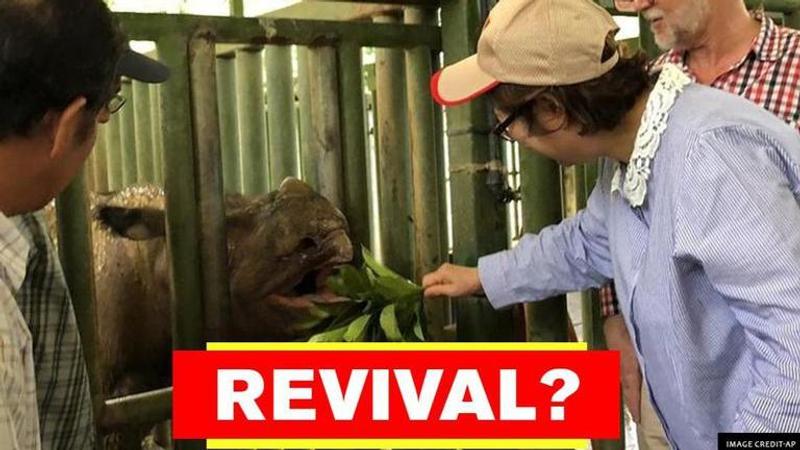Published 17:49 IST, August 12th 2020
Experimental stem cell technology gives hope for revival of Malaysia's Sumatran rhinoceros
Scientists are putting efforts on experimental stem cell technology to revive back the Malaysian variant of the Sumatran rhinoceros by using its last remains.

Scientists are putting efforts on experimental stem cell technology to revive back the Malaysian variant of the Sumatran rhinoceros by using its skin, eggs, and tissue samples of the last rhino. Iman, the last rhino, died last November after years of failed breeding attempts, according to the reports. The scientists are using the cells from Iman and two other dead rhinos.
Smallest rhinos in world
Molecular biologist Muhammad Lokman Md Isa reportedly said that he is very confident about the new procedure. He also added that if everything is functioning, works well and they get support, then it is not impossible. According to the reports, these rhinos are the smallest in the world and was declared extinct in the wild in Malaysia in 2005. In addition, the widespread hunting and large scale deforestation have reduced their numbers to just 80 in neighbouring Indonesia. Iman, 25, died in a nature reserve on Borneo island due massive blood loss caused by uterine tumours, within six months of the death of Malaysia's last male rhino, Tam. After this, several efforts have been made to get the animals to breed but it had not worked.
As per the reports, Indonesia's environment ministry accused cross-border rivalry as the prime reason about Malaysia's rhinos death. The Ministry reportedly said that high-level talks are held to work with conservationists in the neighbouring Southeast Asian nation. The researchers in Malaysia are planning to use cells from the dead rhinos to produce sperm and eggs which will result in test-tube babies that can further be implanted into a living animal. Thomas Hildebrandt and Cesare Galli, the scientists leading the research said the process is still far from producing a whole new animal.
(Image credit: AP)
Updated 17:49 IST, August 12th 2020




